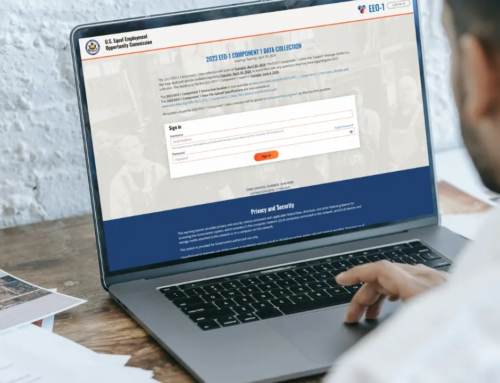The IRS recently announced new Health Savings Account (HSA) limits for 2025, which impact both employees and employers. HSAs have emerged as pivotal tools in healthcare and financial planning, offering tax advantages and flexibility. Understanding the new HSA limits for 2025 is critical for employees to optimize their healthcare savings potential, but it’s equally important for employers to grasp the implications for their workforce and benefits offerings. In this blog post, we’ll explore the updated limits and how they affect both employees and employers.
What are HSAs?
Before delving into the implications of the new HSA limits, let’s recap what HSAs entail. HSAs are tax-advantaged accounts that individuals can utilize to save for qualified medical expenses. Accessible to those enrolled in a High Deductible Health Plan (HDHP), these accounts offer tax-deductible contributions, tax-free growth, and tax-free withdrawals for qualified medical expenses.
New HSA Limits for 2025
The IRS periodically adjusts Health Savings Account (HSA) limits to account for inflation and changes in healthcare costs. These adjustments ensure that the contribution limits remain aligned with the evolving economic landscape and the rising expenses associated with healthcare. By increasing the HSA limits for 2025, the IRS aims to enable individuals to save more for their medical expenses while still enjoying the tax advantages offered by these accounts.
Here’s a rundown of the key changes:
- Contribution Limits: The maximum HSA contribution limit for individuals with self-only coverage under an HDHP has increased to $4,300 for 2025, up from $4,150 in 2024. For those with family coverage, the limit has risen to $8,550 compared to $8,300 previously.
- Minimum Deductible: The minimum deductible requirements for HDHPs increased slightly for 2025, at $1,650 for self-only coverage and $3,300 for family coverage.
- Out-of-Pocket Maximum: Likewise, the Annual out-of-pocket maximums for HDHPs have limits of $8,300 for self-only coverage and $16,600 for family coverage.
Benefits of the New HSA Limits for Employees:
- Inflation Adjustment: Over time, the purchasing power of money tends to decrease due to inflation. By adjusting the HSA limits annually to reflect changes in the cost of living, the IRS helps ensure that individuals can maintain their ability to cover healthcare expenses adequately.
- Rising Healthcare Costs: Healthcare expenses tend to increase over time due to factors such as medical inflation, technological advancements, and changes in healthcare policies. The IRS raises HSA limits to account for these rising costs, allowing individuals to save more tax-advantaged funds to address their healthcare needs.
- Encouraging Healthcare Savings: HSAs are designed to help individuals save for current and future medical expenses. By increasing the contribution limits, the IRS encourages individuals to take advantage of these accounts and save more money for healthcare costs, thus promoting financial preparedness and responsibility.
Impacts of the New HSA Limits on Employers
- Benefits Planning: Employers offering HDHPs as part of their benefits package must review and potentially adjust their offerings to align with the new HSA limits. This includes communicating changes to employees and updating enrollment materials.
- Enhanced Employee Attraction and Retention: A robust benefits package, including HSA contributions, can serve as a competitive advantage in attracting and retaining top talent. Employers may consider increasing or adjusting their HSA contributions to remain competitive in the talent market.
- Tax Implications: Employers should consider the tax implications of HSA contributions, both for themselves and their employees. Contributions made by employees through payroll deductions are typically excluded from federal income tax, FICA tax, and, in most cases, state income tax. However, employer contributions are subject to FICA taxes.
- Financial Education and Support: Providing resources and support for employees to understand the benefits of HSAs and how to maximize their usage can enhance overall financial wellness. Employers may offer educational seminars, online resources, or one-on-one consultations to assist employees in making informed decisions about their healthcare and finances.
As the landscape of healthcare and employee benefits evolves, staying abreast of changes in HSA limits is imperative for both employees and employers. By understanding the implications of the new HSA limits for 2025, employers can adapt their benefits strategies to better support their workforce while maintaining competitiveness in the market. Collaboration between employers and employees in navigating these changes fosters a culture of financial wellness and reinforces the value of comprehensive benefits packages in today’s workplace.




